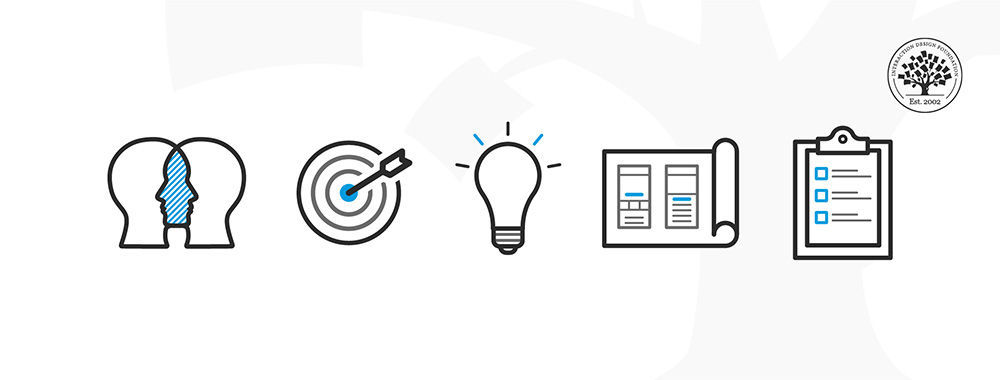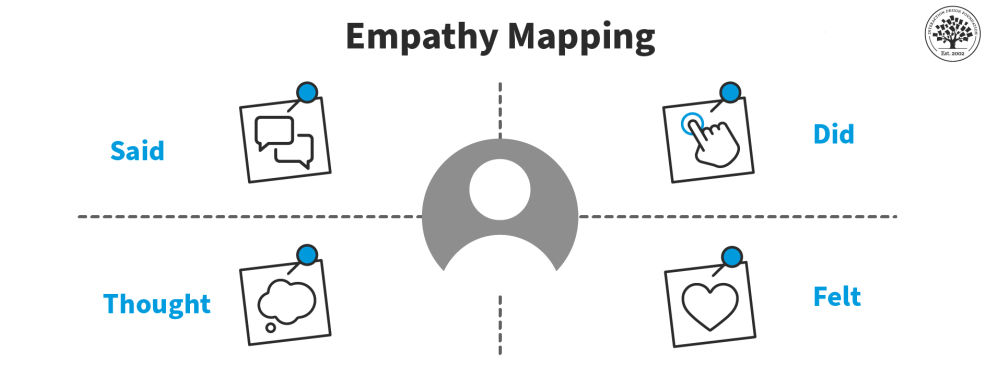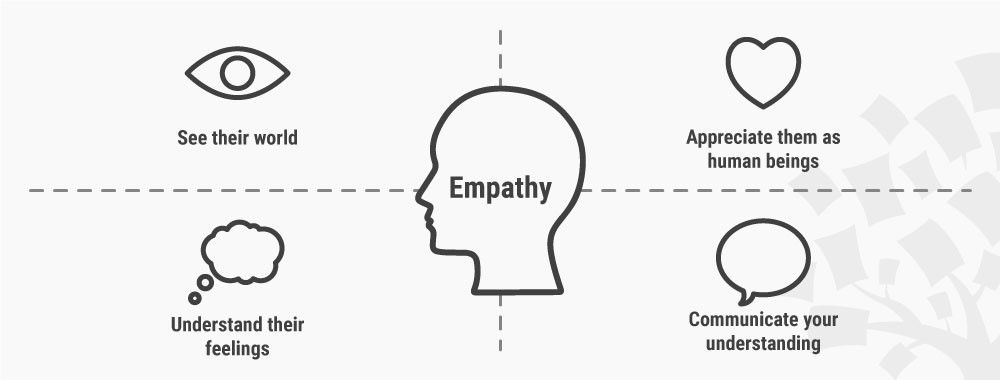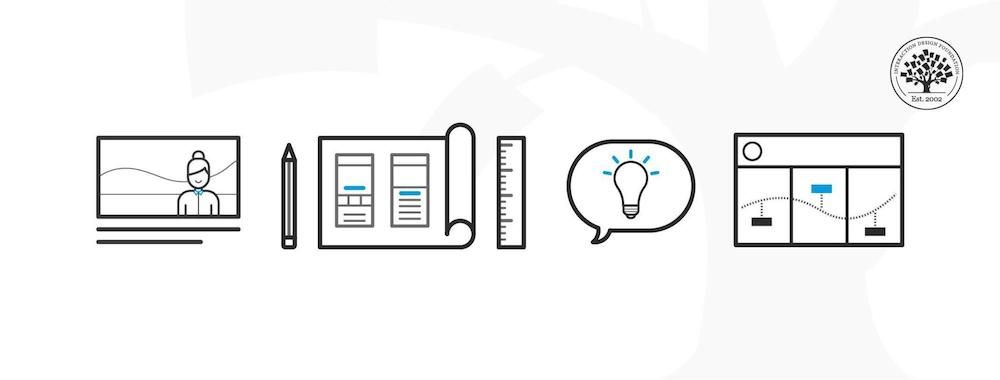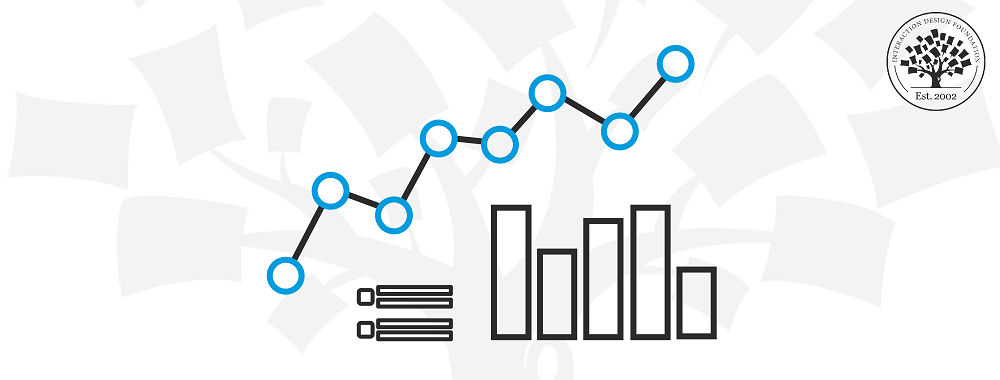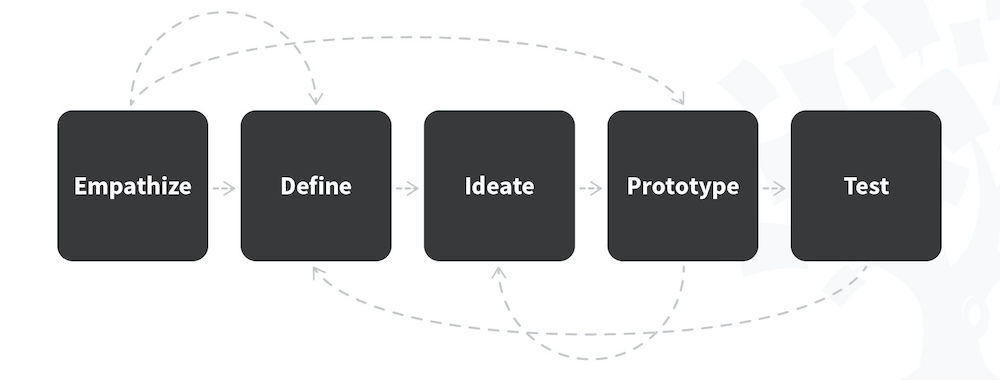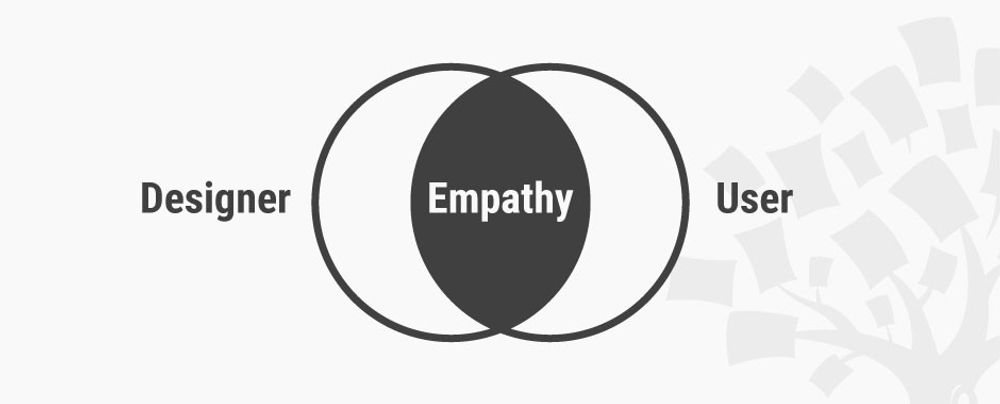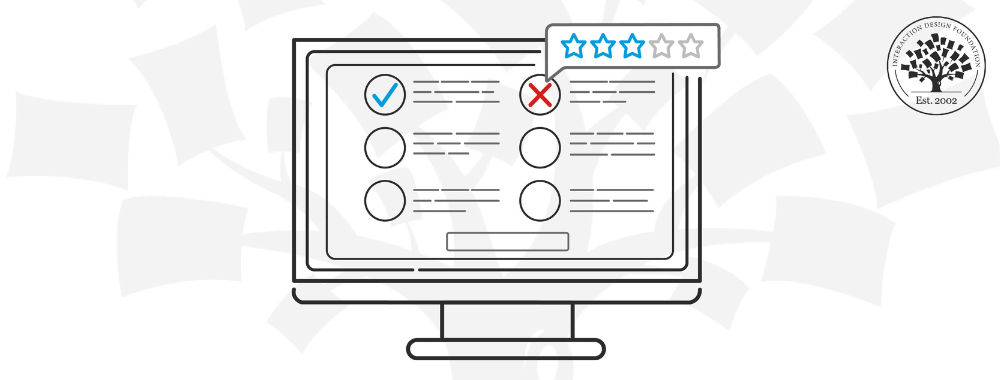Why bother with personas? Why not "users"? Because the way you see someone shapes the way you design for them. We are accustomed to referring to people by their roles, but this practice is dehumanizing. When you use role labels, you quickly forget that these are real people, just like your family or friends. And just like your acquaintances, these real people have different abilities, behaviors, and needs.
There is good psychological evidence that our brains are wired to empathize more easily with individuals than with groups. In this video, William Hudson, User Experience Strategist and Founder of Syntagm Ltd, presents the evidence.
Show
Hide
video transcript
- Transcript loading…
When you design for a specific person, the benefits don’t stop with psychological effects. If you treat your personas as individuals, you will make them more concrete in terms of the needs and behaviors you've established through research. Otherwise, "users" as a group are infinitely flexible! That's why you quickly lose focus when you design for users rather than personas.
Cognitive Empathy: Why Personas Matter
Cognitive empathy, the appreciation that other people may see or understand things differently, is also a human characteristic that comes into play. The phrase "you are not the user" captures a persistent issue in creating user-centered products and services.
“You are not the user” can be a challenging idea for software development teams or technology-driven organizations. In this video, William discusses his research on cognitive empathy in the IT industry.
Show
Hide
video transcript
- Transcript loading…
As mentioned in the video, William used standardized questionnaires from autism research for his study. He discovered that people who work on the more technical side of IT exhibit lower cognitive empathy. The questionnaires measured empathy as the "EQ," or empathy quotient.
The original study, summarized below, shows a distinct downward trend for EQ as participants moved into more technology-oriented roles. Conversely, the systemizing quotient, "SQ," is higher for men and women who identify as working primarily in technical roles within IT.
This discovery aligns with expectations, except for the final point on the P-T (People-Technology) scale for women. Here, we see a sudden drop in both EQ and SQ. The anomaly may be due to the relatively small number of women working primarily in technology. The situation is further complicated by the social pressures on women to be empathetic and sociable, an issue William discusses in the article Asperger's Syndrome, Autism and Camouflaging.
The original study and the later article are in the references section below.
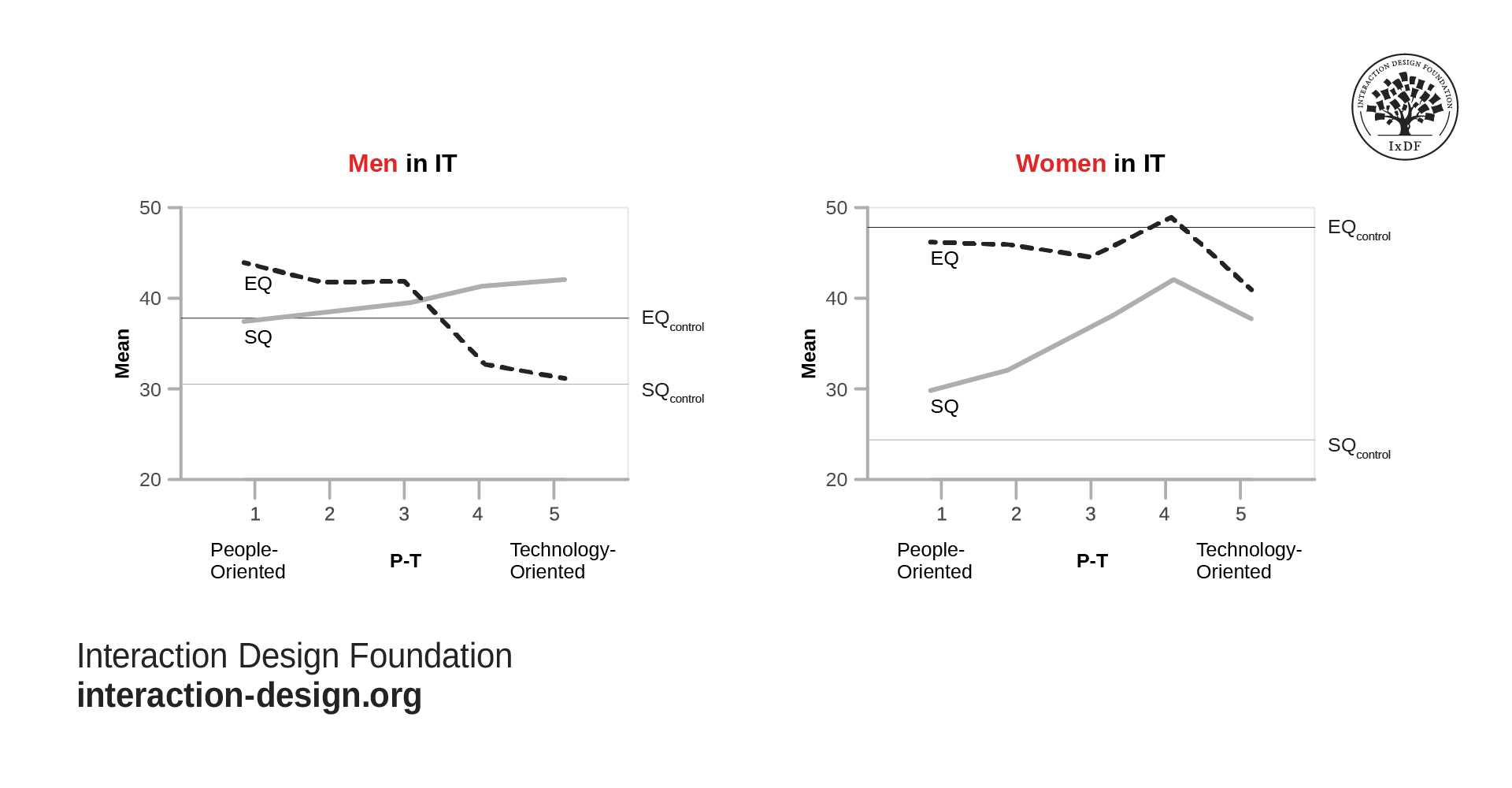
William’s study showed that men with more technology-oriented roles in the IT industry demonstrated lower cognitive empathy in self-reported assessments. The results for women with more technology-oriented roles are inconclusive, likely due to the low number of technology-oriented respondents.
© Interaction Design Foundation, CC BY-SA 4.0
The Take Away
As designers, we solve problems for humans—real, complex humans with individual behaviors and needs. This is why we advocate for personas. They are a crucial tool in user-centered design, helping shift away from the generic and impersonal "users" to a more specific, individualized approach. There are several justifications for this from a psychological perspective:
Human empathy is associated with individuals, not groups.
Team members may have conflicting or unrealistic ideas about the needs and behaviors of users.
Research shows that individuals in technology-focused roles may struggle to recognize that not everyone shares their level of technical skills and understanding.
Personas help address these issues. They make users more real, with specific behaviors and needs, and are designed to emphasize a solution's important features. This emphasis makes it easier to prioritize limited development resources.
References and Where to Learn More
Read William’s original research findings and analysis on how Reduced Empathizing Skills Increase Challenges for User-Centered Design
Explore William’s follow-up article, Asperger's Syndrome, Autism, and Camouflaging: Reduced Empathy Revisited
Discover the person-positivity bias in David Sears’s paper from the Journal of Personality and Social Psychology.
Learn from Loran F. Nordgren and Mary-Hunter Morris McDonnell about The Scope-Severity Paradox and Why Doing More Harm Is Judged to Be Less Harmful.
Hero image: © Interaction Design Foundation, CC BY-SA 4.0


